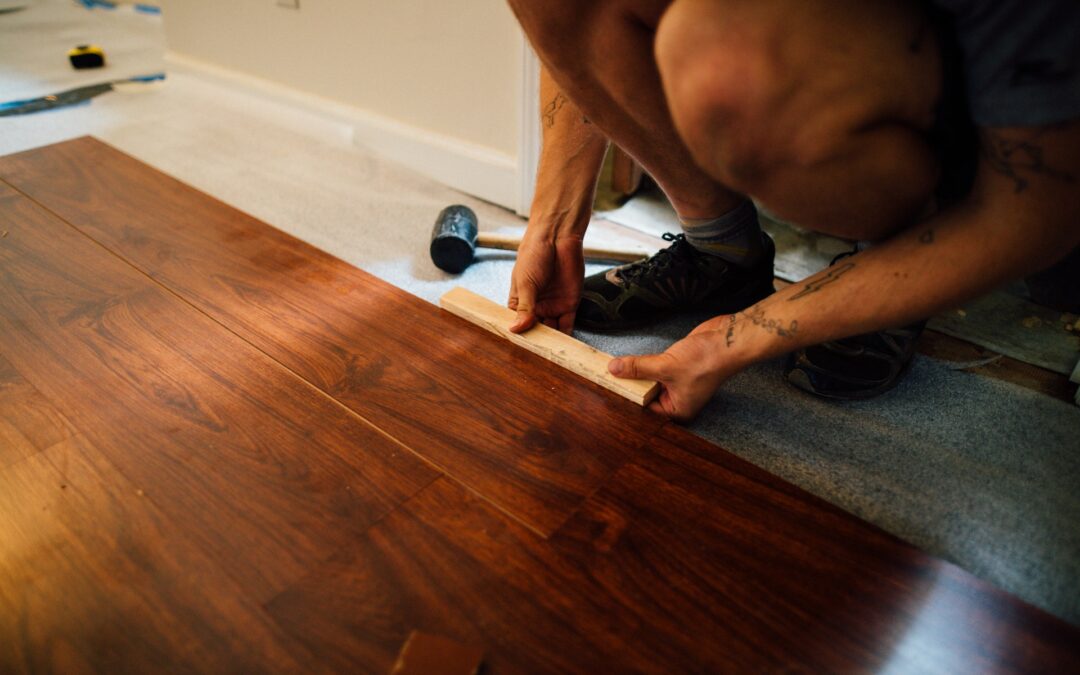When it comes to selecting the right flooring for your home, considering the specific needs and characteristics of your home type is essential. Different home types have distinct architectural styles, layouts, and functional requirements, which can influence the flooring choices that work best. In this article, we will provide useful tips for choosing the right flooring based on your home type.
1. Single-Family House:
Single-family houses offer versatility in terms of design and floor plan. Consider the following tips when choosing flooring for a single-family house:
– Hardwood: Hardwood flooring adds warmth, elegance, and timeless appeal to single-family houses. It suits various architectural styles, from traditional to contemporary, and enhances resale value.
– Carpet: Carpeting can be an excellent choice for bedrooms and living areas in single-family houses. It provides comfort, sound insulation, and a cozy ambiance. Opt for durable and stain-resistant carpet fibers in high-traffic areas.
– Tile or Luxury Vinyl: In areas prone to moisture, such as bathrooms and kitchens, consider tile or luxury vinyl flooring. These options are waterproof, easy to clean, and come in a wide range of styles and designs.
2. Condominium or Apartment:
Condominiums and apartments often have specific regulations and restrictions. Keep the following factors in mind when selecting flooring for these home types:
– Noise Reduction: Since you share walls and floors with neighbors, noise reduction is crucial. Consider flooring materials that minimize impact noise, such as engineered wood, luxury vinyl, or cork flooring. These options help reduce sound transmission and provide a quieter living environment.
– Laminate: Laminate flooring is a popular choice for condos and apartments due to its affordability, durability, and easy maintenance. It mimics the look of hardwood or tile and comes in various styles and finishes.
– Carpet Tiles: Carpet tiles are a versatile option that allows for easy replacement of damaged tiles. They provide warmth and comfort while allowing you to change the appearance of your floors as needed.
3. Townhouse:
Townhouses often feature multiple levels and open floor plans. Consider the following tips when choosing flooring for a townhouse:
– Consistency: Maintain consistency in flooring materials throughout the main living areas to create a cohesive and spacious feel. This could involve using the same type of flooring, such as hardwood or luxury vinyl, on all levels.
– Staircase: Pay special attention to the staircase since it serves as a focal point in townhouses. Consider options like hardwood, carpet, or runner rugs to add visual appeal and ensure safety.
– Basement: If your townhouse has a basement, consider moisture-resistant flooring options like epoxy, luxury vinyl, or ceramic tile. These materials can withstand potential moisture issues and add functionality to the space.
4. Historic or Period Home:
Historic or period homes often come with unique architectural details and specific design requirements. When choosing flooring for such homes, consider the following tips:
– Authenticity: Opt for flooring materials that complement the period aesthetic of the home. Hardwood flooring, such as reclaimed or salvaged wood, can help maintain the authenticity of the space.
– Patterned Tiles: Consider patterned ceramic or encaustic tiles for entryways, bathrooms, or kitchens in historic homes. These tiles reflect the charm and character of the period and can make a stunning statement.
– Restoration: If the existing floors in a historic home are salvageable, explore the option of refinishing or restoring them to their original beauty. This can preserve the historical integrity of the property.
Choosing the right flooring based on your home type is crucial for creating a functional, aesthetically pleasing, and cohesive living space. Consider the specific requirements of your home type, such as noise reduction, regulations, architectural style, and historical significance. By selecting flooring

